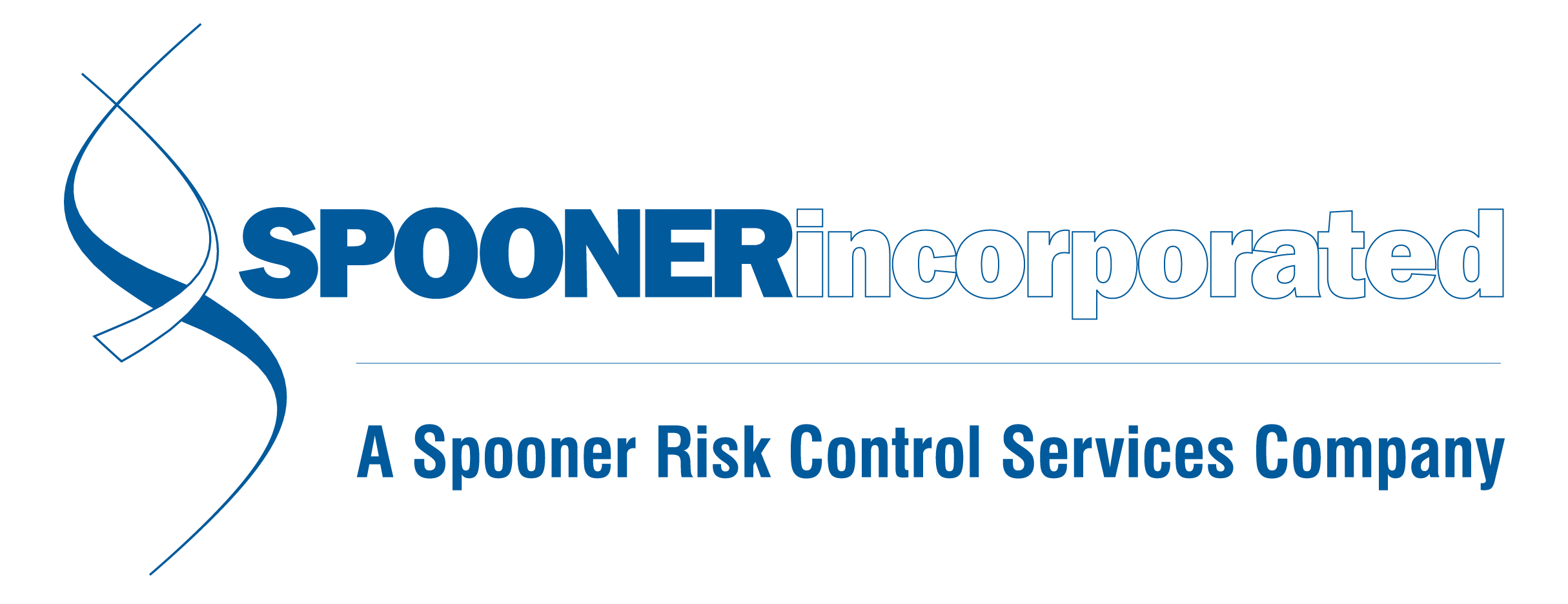News and Updates
Category: Dividends
BWC’s Current Net Position
One of the questions we’ve heard often from employers lately is, “Will BWC be issuing another dividend this year?” We typically don't have advance notice of the decision to release dividends, but we can help you understand the conditions that must be met in order for it to be considered. For dividend distributions to take place, Ohio BWC must meet and exceed their funding ratio guideline of 1.30 to 1.50. This means their assets must surpass their liabilities by 30-50%. With BWC assets totaling $25B and liabilities at $15.4B, this put them in a net position of $9.6 billion (as of their November financials). Using their Board of Directors guidance of a simple funding ratio between 1.30 - 1.50, the BWC should have a net position in the range of $4.6B - $7.7B. What this means is that they’re currently overfunded by $1.9B-$5B. In comparison to the November 2020 net position of $7.2B, they’ve experienced a gain of $2.4B in the last 12 months. So, does that mean they have to issue dividends to employers? It’s simply a matter of discretion. Just because their guidelines state that they can (and in our opinion, should) issue dividends with that level of overfunding, they can simply choose not to. If you’re tired of letting BWC hold onto your money and use arbitrary logic to when they do or do not return excess premiums, reach out to Brian Davis at 440-249-5260 | Ext:107 to learn about coverage options outside of
Why We Fight (For Your Group Retro Refunds)
Many Ohio employers have rejoiced over the big checks issued by Ohio BWC in the last few years, a boast that the state’s strategies that have yielded enough to share dividends with policyholders. While it’s easy to understand the excitement when you’re getting five, six, or even seven figure checks from BWC – we all know there’s no such thing as a free lunch. Many of the businesses gladly cashed those checks not realizing that Ohio BWC wouldn’t be sending checks for refunds earned from the Group Retrospective (retro) program for the 2018 and 2019 policy years. Employers who participate in the Group Retro program are rebated after the policy year ends, based on their group’s actual performance throughout the year. The pool establishes a premium level throughout the policy year - and when the actual losses come in lower than that, the consortium members are rebated their share of the difference. While no vendors were provided with the total that Group Retro refunds would have been for those years, Spooner’s actuarial department estimates that Group Retro refund totals for all participating policyholders during those years would have been as follows: • $190,000,000 for the 2018 policy year • $155,000,000 for the 2019 policy year These projections include what would be all three years of refund payments for each policy year, not just the first y

